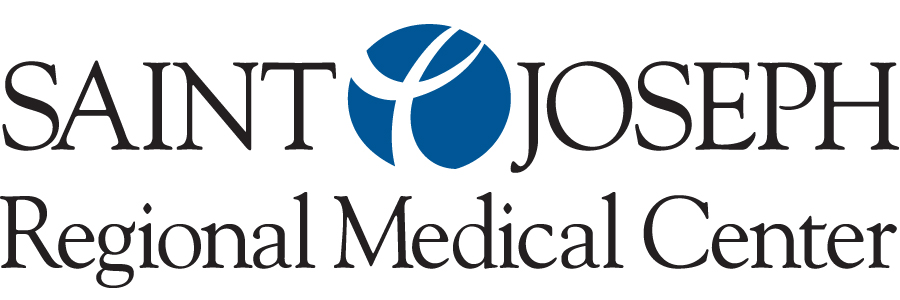 |
| Dr. Mohamed Farhat, MD |
Not only is Dr. Farhat triple Board Certified in the areas of Hematology, Oncology, and Medicine, he is also an Assistant Professor at Rush University Medical Center in Chicago, where he completed his Fellowship and Residency.
“We are so happy to be here in this area,” said Dr. Farhat. “Not only is this a great place to live and raise a family, but being here helps provide a university-based cancer treatment program to this area. We have at our disposal whatever we want and access to some of the greatest minds in cancer treatment.”
Rush University is home to one of the first medical colleges in the Midwest and one of the nation’s top-ranked nursing colleges, as well as graduate programs in allied health, health systems management, and biomedical research.
For more than 170 years, Rush has been leading the way in developing innovative and often life-saving treatments. Today, Rush is a thriving center for basic and clinical research, with physicians and scientists involved in hundreds of research projects developing and testing the effectiveness and safety of new therapies and medical devices.
This unique combination of research and patient care is now available in Michiana thanks to the connection and care provided at SJRMC by Dr. Farhat, as well as some poignant personal motivation.
“The patients have been very happy and enthusiastic about receiving the same care as they would in Chicago,” said Dr. Farhat. “I’ve always wanted to bring what I know to an area like this – a place where I can do the most amount of good.”
It wasn’t until his second year at Chicago Medical School that Dr. Farhat realized what “the most amount of good” would be.
Arriving in the United States with his family from France in 1988, Dr. Farhat took four years off between high school and the beginning of undergraduate work at Loyola University in Chicago to help his parents and two older siblings make ends meet at home. When he arrived at Chicago Medical School after graduating from Loyola, he still wasn’t sure what route medicine would take him.
“But during my second year of med school, one of our uncles who was very close with our immediate family developed Leukemia and died two weeks after being diagnosed,” Dr. Farhat explained. “I wanted answers – wanted to know how and why something like this could happen so fast. But nobody could tell me.
“From that point on, I decided that I wanted to be that person who could give answers and help patients and their families,” he continued. “Since that day, I’ve never looked back.”
Using an inherited work ethic from parents who took on extra work to make sure their children would have a solid foundation when it was their time to have families of their own, Dr. Farhat took extra classes and rotations to better prepare him.
“It’s very hard to do but you really have to lock yourself in a room or the library from 8am – 10 pm to just study, study, study,” he said. “But like anything, you get out of it what you put into it.”
At age 35, triple Board Certification and Assistant Professor status on his resume is all the proof one needs to see that Dr. Farhat has made the most of his young life.
“Needless to say, our parents are very proud,” he said with a big smile. “My sister is a lawyer in California and my brother is in his final year of Residency in neurosurgery in Miami. We are blessed with great parents.”
Local cancer patients and their families are feeling the results.
“When you treat cancer patients, many times you are committed to life-long therapy and patients become more like your own family members,” Dr. Farhat said. “It can be tough when you see them go when you have completely cured them because you’ve been a part of each others’ lives for a long time. But you can never experience anything quite like it when you know your patient is feeling better.”
